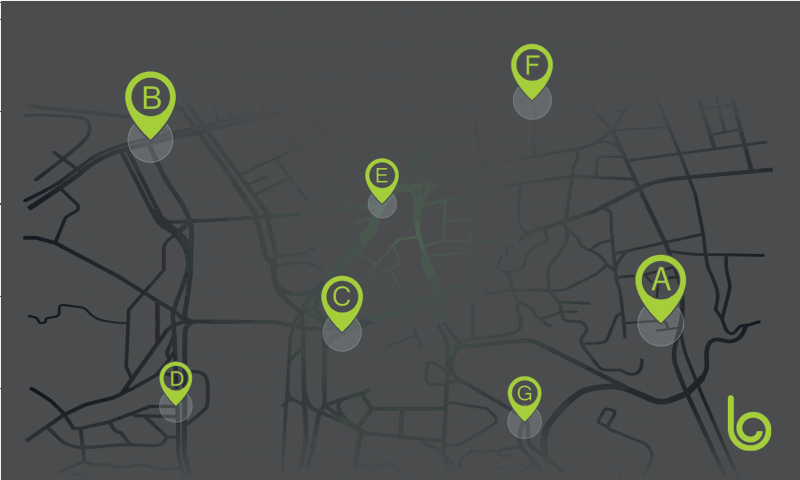Vehicles. Baby carriers. Over-the-counter medicines. Romaine lettuce.
What do these seemingly unrelated items have in common? They’ve all been recalled in 2018.
Whether sparked by faulty construction or salmonella and E. coli fears, a product recall has far reaching impact. And it’s clear that recalls are on the rise. In the first six months of 2018, according to the FDA, there were more than 200 food-related recalls. This far surpasses the number of food-related recalls in 2017, which came in at 131, according to the USDA. The good news is that recalls typically indicate that the checks and balances in place to keep consumers safe are working, as recalls often are issued before problems arise.
While the impact to growers, manufacturers and end users are typically prioritized in a recall situation, a key group in the supply chain saga is often overlooked: the trucking and transportation providers.
In the case of the romaine lettuce recall, while the spotlight was on farmers and consumers, truck drivers were in the midst of destroying vast amounts of potentially tainted lettuce, likely because its origins were unclear. In a trucking and transportation industry which was already facing a significant capacity shortage, drivers were required to put on another one of their hats to ensure consumer safety. Their quick response to removing potentially dangerous products from the supply chain is paramount to getting ahead of any active recall. However, the lack of visibility into a product’s origin can also lead to unnecessary actions.
So, how can producers and buyers better manage goods in transit? By employing advanced technologies that allow them to more granularly track and trace products.
Visibility across the supply chain, including between stops, gives producers, transporters and buyers a true understanding of a product’s source. In the case of the romaine lettuce recall, this means the lettuce from the tainted batch would be quickly removed from the supply chain, while untainted product would be able to continue on to the final destination.
The ability to track and trace products from source to delivery is particularly challenging because of the number of carriers and companies involved in an end-to-end movement. For perishables products, temperature ranges need to be closely monitored across every leg of the journey to ensure consumer safety. Bringing together chain of custody, real-time location and product condition is what real visibility enables. The economic impact of such visibility is tremendous on a macro level. It could lead to eliminating wasted miles and reducing driver time, risk of recalled products making it to store shelves and good products being needlessly destroyed.
Recalls are a fact of life when it comes to supply chain management. With better supply chain visibility, we can hope that recalls will become less frequent, less expensive and less damaging to growers, manufacturers, retailers and consumers alike.
Find out how Blume Logistics creates a robust network for logistics tendering, real-time track and trace, event capture, POD verification and settlement initiation.
contact us
Contact Us

